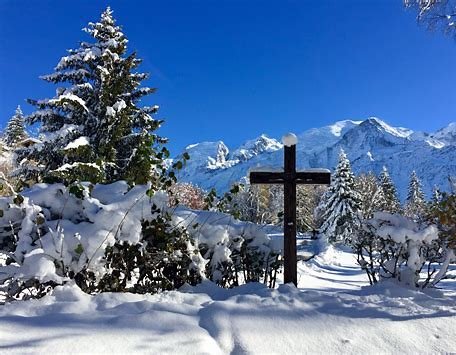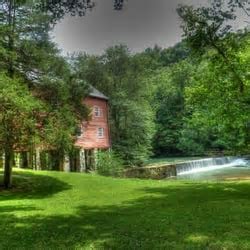Old Christmas
/I trust you’ve all had a blessed Christmas! This Christmas season seemed short to me – more so than what is normal these days as every month and season seem to pass in the blink of an eye! I think because Christmas Day fell on a Saturday, and there were only 3 December Sundays, every church service seemed to be a special program of one type or another and… well I guess I can’t really explain why Christmas went so fast this year.
I can definitively say that I cooked myself out. Saturday evening I told my husband I didn’t think I’d cook again for a week – and I stuck pretty close to that declaration but I’m over it now and I’m feeding them all again.
What would you think if I told you that there is still another Christmas Day to come in this season - so keep your festive spirit alive, and the wilting Christmas tree too, I suppose.
This is Old Christmas and as I was reading about it, the independent, Appalachian spirit seemed so strong that I really wanted to share it with you!
First of all, let’s establish that there has long been speculation of exactly what day of the year Mary actually gave birth to the baby Jesus. Now I’ve probably mentioned this a few times, but the exact date of one’s birth is much more important to us in the 21st century than it ever was in the past. We are known not by our name, familial association or even public reputation as much as we are known by our Social Security number and our date of birth. If you call your doctor, bank or insurance company it is rarely good enough to say, “I’m Beth Durham” because they will ask for that D.O.B. When Jesus answered the pondering Jews’ in John 8:58, “…Before Abraham was, I am”, no one asked for his date of birth.
Tradition says that the early church chose to turn a pagan holiday holy by celebrating the birth of the savior when the Romans celebrated the sun – sort of the sun’s birthday because they were hoping to implore longer days and more sunlight. And that’s how we settled on December 25th. I’ve always said, if you want to bake me a cake and bring presents, we can call any ole’ day my birthday and if we celebrate Jesus’ birth in the right spirit, He is surely pleased with it.
LearnReligions.com says the first Christmas celebration was in 336, then some 1200 years later Pope Gregory XIII saw fit to change up the calendar, replacing the old Julian calendar by removing 11 days. (The Pope thought the Julian calendar was causing Easter to move too far from the Spring Equinox and he wanted to correct that.) Now, in 1582 the only Appalachians were native and never heard of Pope Gregory or the Catholic church.
It would be nearly 200 years before England embraced the new calendar and by that time the American colonies were well established and the Scots-Irish had begun to settle Appalachia. Here’s where you really see that independent spirit – as well as the isolation of the mountaineer. For many years, the people of the mountains continued to use the old Julian calendar. That meant that their Christmas celebration was held when the Pope’s calendar read January 6th.
This makes January 6th Old Christmas Day.
Next Thursday I may have gotten a second wind for festivities and maybe we’ll just celebrate again… what do you think of that idea?












